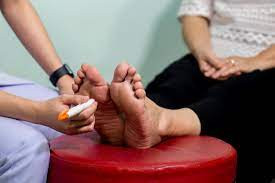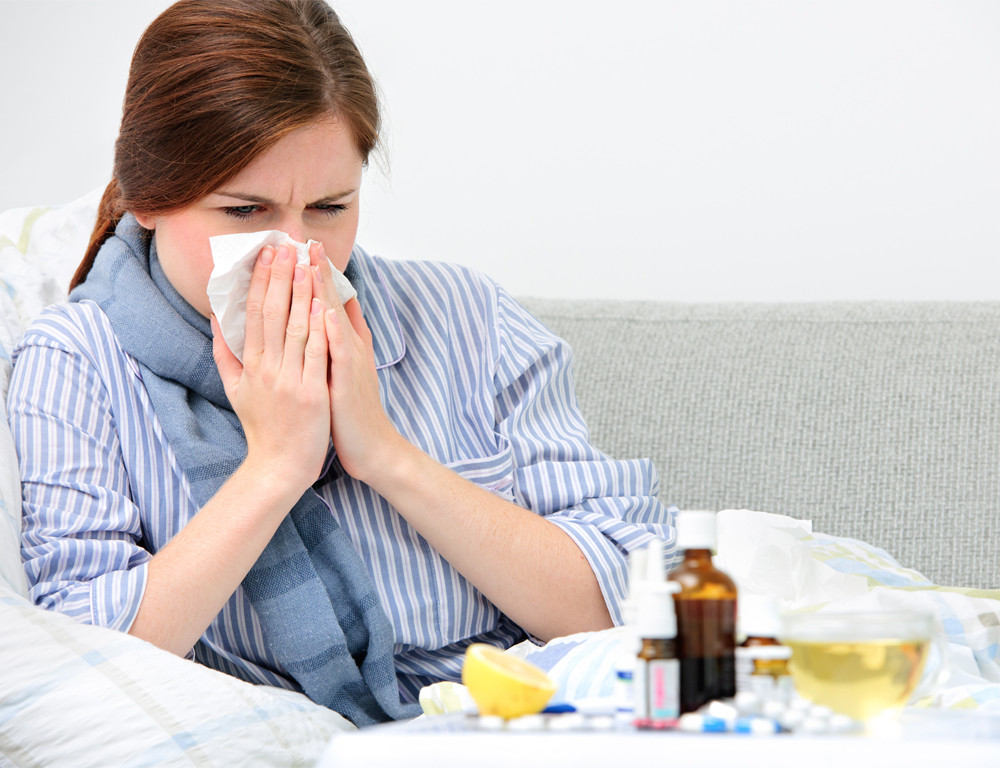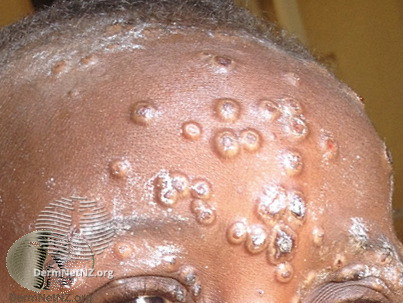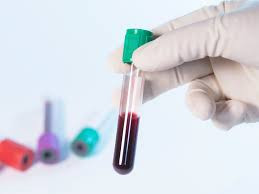Definition
Polio, short for poliomyelitis, is a disease caused by a viral infection that attacks the central nervous system. It is highly contagious and mainly affects children under five, particularly those who have not been vaccinated. Polio can be prevented through vaccination. It can strike at any age and can cause permanent paralysis and respiratory nerve damage, leading to breathing difficulties for the affected person.
In 2018, the World Health Organization (WHO) conducted a risk assessment for polio transmission in Indonesia at both national and provincial levels. The assessment considered three main indicators: population immunity, surveillance, and program implementation. The results showed that Indonesia is at high risk for polio transmission, with 23 provinces (76.5%) classified as high risk, 9 provinces (23.5%) as moderate risk, and only two provinces, Yogyakarta and Bali, classified as low risk.
Causes
The polio virus spreads through contact with infected feces. Items that come into contact with infected feces can also become sources of virus transmission. The virus can also be transmitted through sneezing and coughing. High-risk individuals include those living in remote areas with limited access to clean running water for bathing, washing, and toilet facilities (MCK), pregnant women with HIV, and unvaccinated children. For those who have never been vaccinated, the risk of contracting polio increases when traveling to areas with recent polio outbreaks, living with or caring for someone with polio, working with virus specimens, or having undergone a tonsillectomy.
Risk factor
Several factors increase the risk of polio, including:
- Individuals who have never been vaccinated against polio
- Those living in or traveling to areas with active polio cases
- People with immunodeficiency (weakened immune system)
- Poor nutritional status
Factors that increase the risk of developing poliomyelitis after poliovirus infection include muscle injury, excessive exercise, pregnancy, tonsillectomy, and a weakened immune system.
Symptoms
Polio symptoms can vary widely. About 95-99% of people infected with polio show no symptoms. However, even asymptomatic individuals can still spread the virus. Symptoms of non-paralytic polio (without paralysis) include:
- Fever
- Sore throat
- Headache
- Vomiting
- Fatigue
- Stiffness in the neck and back
- Pain and numbness in the arms or legs
Non-paralytic polio symptoms appear 6-20 days after exposure to the virus and are usually mild, lasting 1-10 days before resolving on their own.
Early symptoms of paralytic polio (with paralysis) may resemble non-paralytic polio symptoms but after one week, additional symptoms can appear, such as:
- Loss of reflexes
- Severe muscle pain and cramps
- Limb flaccidity
- Sudden paralysis, which can be temporary or permanent, typically affecting the legs, especially the hips and ankles
Polio can recur even after a person has recovered, a condition known as post-polio syndrome, which can occur 15-40 years after the initial infection. Common symptoms include:
- Muscle and joint weakness
- Increasing muscle pain
- Fatigue
- Muscle atrophy
- Difficulty swallowing and breathing
- Sleep apnea
- Depression
- Problems with concentration and memory
Diagnosis
Polio diagnosis involves a comprehensive medical history, including symptoms, triggers, onset, medical history, and immunization records. Doctors can identify polio symptoms like stiffness in the neck and back, abnormal reflexes, and difficulty swallowing or breathing.
Physical examinations include neck and back assessments, motor strength tests in arms and legs, sensory tests, and reflex evaluations. To confirm the diagnosis, doctors may test samples of saliva, stool, or cerebrospinal fluid to detect the presence of the polio virus.
Management
While there is no cure for polio, symptoms can be managed through supportive therapy. Treatments may include bed rest, pain relievers such as ibuprofen for pain, headaches, and fever, antispasmodics like tolterodine and scopolamine to relax muscles and relieve tension, and antibiotics for bacterial infections such as urinary tract infections.
Portable ventilators may be used to assist with breathing if respiratory issues occur. Surgery might be necessary to correct deformities in the arms or legs. Physical therapy is crucial to prevent further muscle function loss.
Complications
Polio can lead to complications such as disabilities, limb and hip deformities, and temporary or permanent paralysis. Severe cases of polio can result in heart, lung, and urinary tract issues. Heart complications may include myocarditis (heart muscle infection) and hypertension, while lung complications can lead to pulmonary edema (fluid accumulation in the lung sacs/alveoli) and pneumonia.
Recurring polio symptoms, known as post-polio syndrome, can appear 30 years or more after the initial infection, causing breathing and swallowing difficulties, memory problems, sleep disturbances, depression, and worsening muscle and joint weakness and pain.
Prevention
Polio prevention is primarily through vaccination. The polio vaccine, which has been available for a long time, is one of the most effective preventive measures. The vaccination schedule includes three doses with one booster. The first dose is given at 2 months of age, the second dose at 3 months, the third dose at 4 months, and the booster dose at 18 months. A polio booster is recommended between ages 4-6 years.
For adults who have never been vaccinated, the inactivated polio vaccine (IPV) is given in three doses: the first dose at any time, the second dose 1-2 months later, and the third dose 6-12 months after the second dose. Adults traveling to areas with active polio cases are also advised to get vaccinated. Common side effects of the polio shot include pain and redness at the injection site. Some people may experience allergic reactions such as fever, dizziness, weakness, rash, palpitations, and shortness of breath, which usually resolve within 2-3 days.
When to see a doctor?
It is recommended to visit a healthcare facility for polio immunization, especially for young children. Ensure that your child completes the immunization schedule as recommended by your doctor. Additionally, there are supplemental immunization activities such as the National Immunization Week (PIN Polio) organized by the Indonesian Ministry of Health. Seek medical attention immediately if you notice symptoms such as fever, sore throat, arm and leg pain, and paralysis. Consult a doctor if allergic reactions such as fever, dizziness, weakness, rash, palpitations, or shortness of breath occur after vaccination, especially if these symptoms persist for more than 2-3 days.
- dr Nadia Opmalina
Mayo Clinic (2017). Diseases and Conditions. Polio.
Johnson, S. Healthline (2016). Polio.
Centers for Disease Control and Prevention (2017). Global Health. What Is Polio?
Centers for Disease Control and Prevention (2018). Vaccines and Preventable Diseases. Who Should Get Polio Vaccine?
Kementerian Kesehatan Republik Indonesia (2016). Berita dan Informasi. Ayo Sukseskan PIN Polio Tahun 2016.












